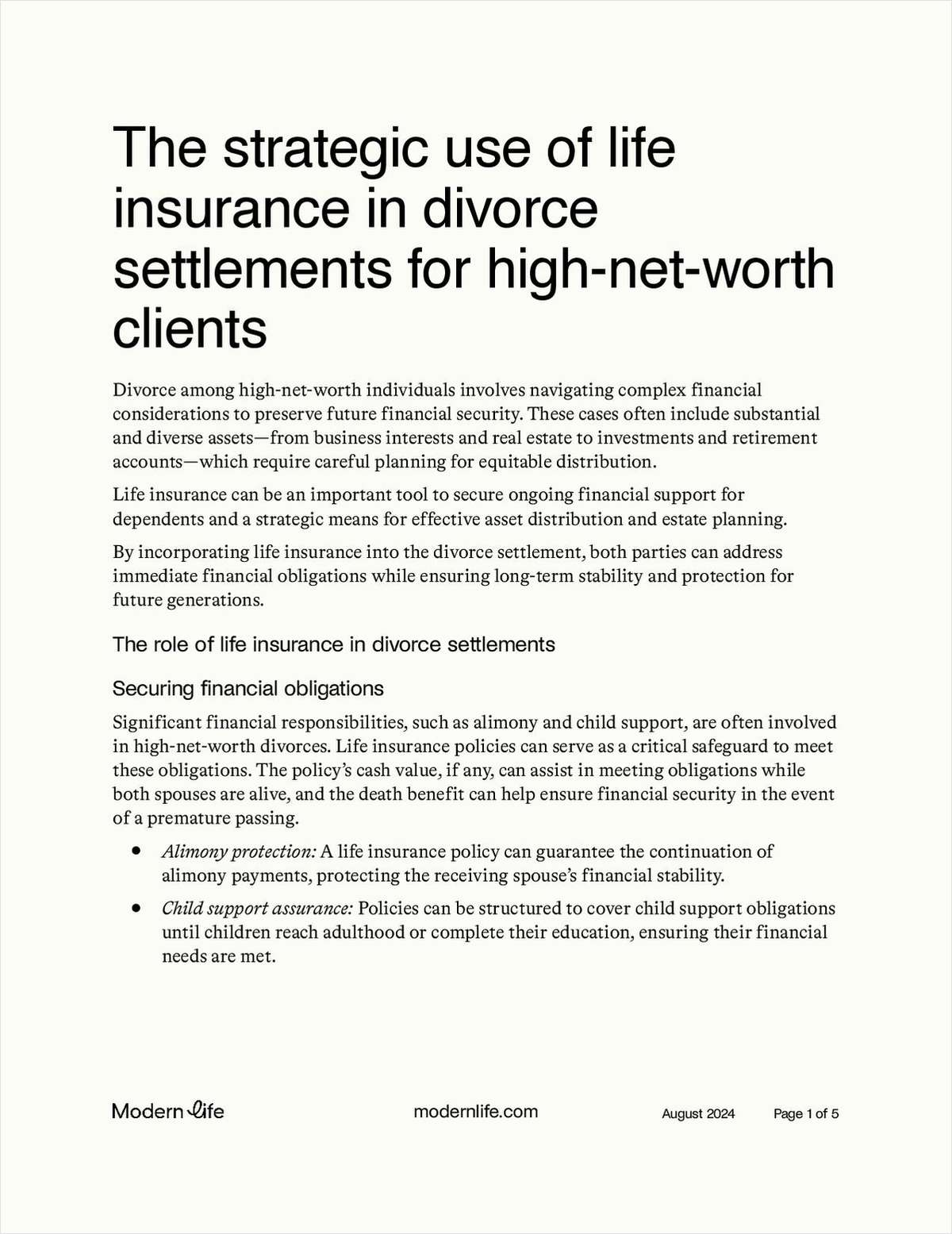Morningstar Ratings, first introduced in 1985, represents historical return, risk and cost, and aim to describe how a fund compares with its peers, the company explains. These ratings are calculated for three, five, and 10-year periods (if available) and are then combined and weighted by Morningstar to arrive at an overall rating of between one and five stars, with five being the best. In each investment category, 10 percent of funds receive five stars, with 22.5 percent receiving four.
As more ETFs attain three and five-year performance histories, fund ratings will become an important marketing tool. And fund families that follow active and other alternative investment concepts are likely to use such ratings to justify their methodologies as superior or proven compared to traditional indexing strategies.
Some studies (noted below) have argued that Morningstar ratings can't be used to predict future market outperformance. One reason for this is that as the asset base of hot-performing funds increases, fund returns are negatively impacted, frequently translating into market underperformance, some research concludes.
Even if ETFs using non-market strategies are able to achieve hot returns over a given time frame, second guessing the market has proven to be a losing strategy over long periods of time. On the other hand, using true market index funds as the foundation of a client's portfolios can prove to be a formula for long-term investment success.
ETFs following traditional indexes carry lower costs and may end up beating many actively managed funds, some of which have stellar Morningstar ratings or Lipper Rankings. Beating the market is easier said than done.
Note: For critical research on Morningstar's methodology, see Mark Warshawsky, Mary DiCarlantonio and Lisa Mullan of TIAA-CREF Institute, "The Persistence of Morningstar Ratings" Financial Planning Association, Journal of Financial Planning, September 2000; and Chiang, Kevin C.H., Kozhevnikov, Kirill and Wisen, Craig H., "The Ranking Properties of the Morningstar Risk-Adjusted Rating," Journal of Financial Planning, March 2003.



